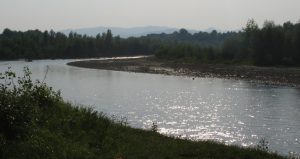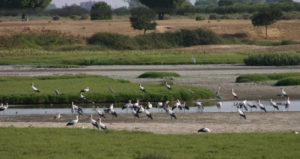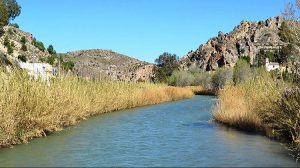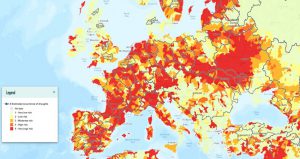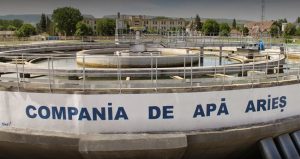Romania: New wetland connected to Danube to improve water availability
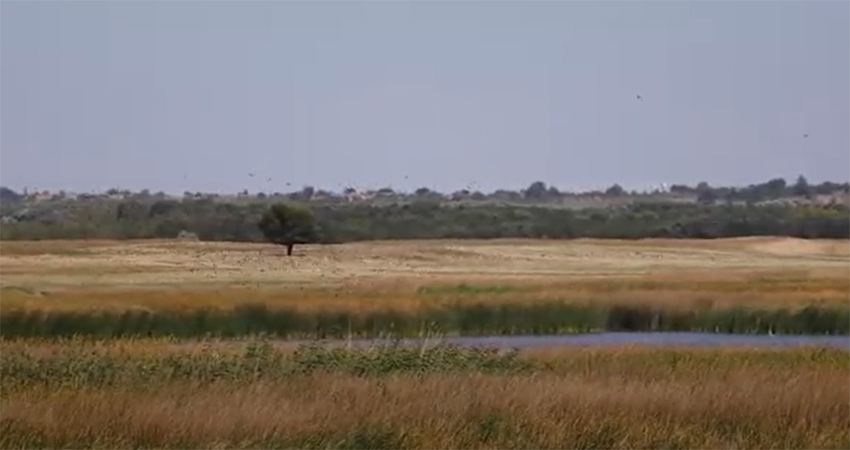
-
 Editorial Team
Editorial Team
Share article:
Connecting the Garla Mare wetland to the river Danube is expected to increase capacity for water retention in the area by 5.2 million m3. The implementation of the project is initiated by the Living Danube Partnership and recently approved by the Romanian authorities. In the Living Danube Partnership the World Wildlife Fund and Coca Cola want to demonstrate the benefits of reconnecting Danube wetlands to the river system.
The Living Danube Partnership is working closely with local stakeholders and relevant authorities to reconnect river stretches or floodplains to the river system by opening dams, installing sluices for water retention or by restoring water supply channels. The organisation aims to increase the water retention capacity of the Danube in Garla Mare with 12 million m³ and to restore 53 km² by June 2021. ‘We’re making progress, but there’s work to do’, states the organisation on their website.
Marshland
Restoration of Garla Mare marshland will return an improved flooding regime to the area and retain a minimum permanent body of open water. The Natura 2000 site is an area of marsh covering about 700 hectares formed in a former side branch of the Danube River. Historically, it was modified for fish farming, including a fish breeding nursery and ponds. The natural marsh was isolated from the river and divided by dykes. Two fish ponds in the eastern part of the fish farm are now abandoned. The fish ponds were supplied with water from springs and water pumped from the Danube.
Work
The project will restore a more natural flow regime across the marsh. The flood storage capacity will be improved for a volume of water up to 5,197 million m3 and enlarging the capacity of a supply channel. At a number of locations breaches in dykes will be opened and at certain points the dykes will be reinforced to protect the surrounding area against flood peaks.
More restoration projects
Until so far five restoration projects under the Living Danube Partnership have been completed. Besides Garla Mare, two more projects are expected to be completed in 2020 or in summer 2021: Vrata and the Lankoc floodplain forest. A final project focused on restoring a number of side-arms of the Drava River in Croatia will be completed by 2022.
Challenges
The Danube River Basin is Europe’s second largest river basin (after the Wolga, 3.530 km) and the most international river basin in the world. On its 2.800 km journey from the Black Forest to the Black Sea, the river passes through ten countries and drains all or part of 19 countries. While Danube countries have made strong commitments to conserving and restoring freshwater habitats and ecosystems, achieving this in practice has proven to be challenging, requiring overcoming technical challenges as well as painstaking alignment of local landowners and interests.
Results
To date the Partnership has undertaken wetland restoration in nine projects over nearly 6,000 hectares in six countries; including Austria, Bulgaria, Croatia, Hungary, Romania and Serbia. So far, measures funded by The Coca-Cola Foundation have increased water retention capacity by 8.5 million m3.

